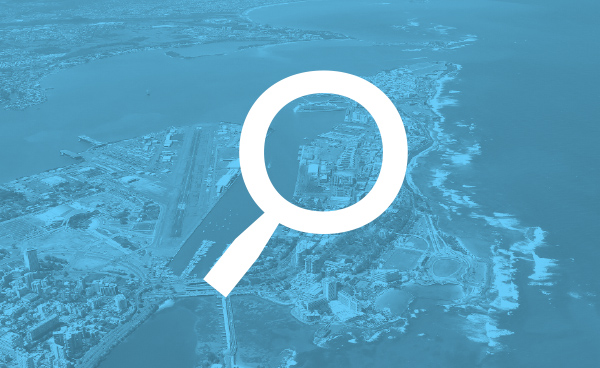
Puerto Rico receives a block grant with a fixed amount of federal funding to provide basic household food assistance through the Nutrition Assistance Program (NAP, or PAN for its name in Spanish, Programa de Asistencia Nutricional). This block grant structure differs from that of the Supplemental Nutrition Assistance Program (SNAP), the food assistance program operating in the 50 states and some territories.[2] SNAP’s entitlement structure enables the program to serve all eligible people who apply, which in turn allows it to expand and contract to accommodate changing need. Thus, while other major federal nutrition programs — including the Special Supplemental Nutrition Program for Women, Infants, and Children (WIC) and child nutrition programs including school meals programs — operate the same in Puerto Rico as in the states and territories, the Commonwealth is disadvantaged with respect to household food assistance.
Like SNAP, NAP includes specific eligibility criteria; determines benefit levels based on income, expenses, and household size; and issues benefits on electronic benefit transfer (EBT) cards. SNAP serves all applicants who meet the program’s eligibility criteria, which are based on poverty levels and the cost of food. But NAP’s capped funding structure forces the program to set eligibility and benefit levels to stay within its budget rather than base them on need or the price of food, which means it cannot serve all residents who might be eligible in SNAP or provide the same level of benefits. And while SNAP’s funding structure enables it to respond to changes in demand, including those due to natural disasters or recessions, NAP, with its limited funding, cannot.
Continuar leyendo ↗

